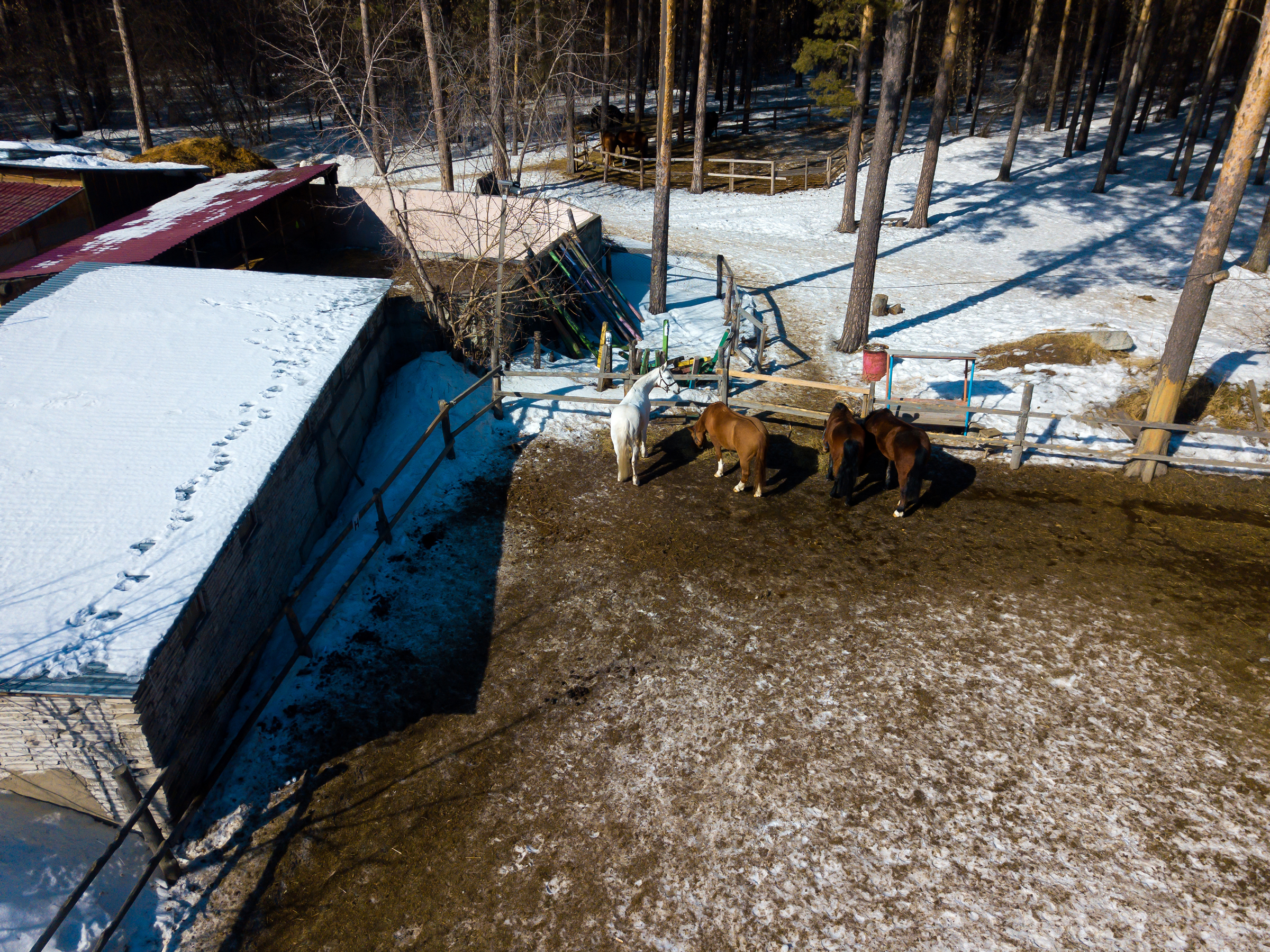
Dr. Bob Coleman, state extension specialist, University of Kentucky College of Agriculture, said the biggest factor for maintaining dry lot areas is making sure they are cleaned out. Many farms utilize dry lots to keep horses during the winter in order to protect pasture from overgrazing.
“If lots might be muddy during winter, install or refurbish a high-traffic pad where horses can stand (such as around a feeder, water source or next to a gate) without being knee-deep in mud,” said Coleman. “If you already have a high-traffic pad, does it need a little more topping of rocks put on it and smoothed out? If you don’t have a rock pad in your dry lot where you’ll be wintering horses, think about putting one in.
“There are many options to help make a winter lot better for the horses, and you can utilize your Extension Service for ideas,” said Coleman. “They have fact sheets on how to build a dry lot, and they can suggest some ways to put a topping on a high, dry area so it is easier for the horses to stand on. Make sure the high, dry area is big enough for the number of horses that will be there, and put it in the most appropriate place if you plan to feed on it (using a feeder to keep the hay off the ground and out of the mud).
“Some people prefer to have the high-traffic pad and feeding area down the fence line rather than out in the middle of the pen,” he said.
To make better use of your dry lot area, think about how you’ll manage the horses and what might work best for you.
“Often when I see people putting in high-traffic pads for their winter areas, they don’t make them big enough,” said Coleman. “For instance, if you have to drive through a gate to deliver hay into the area, make sure that the vehicle you’ve driven in there will still be on the pad when you get out to close the gate. Plan ahead on where you place everything so that when you are traveling in and out of that pen, you won’t get stuck in the mud.”
It’s also important to check waterers in the dry lot. “If they have a heater, make sure it works before cold weather sets in,” he advised. “If you have heat tape around the water intake, make sure it is functioning the way it is supposed to. It’s a lot easier and more pleasant to change heat tapes on a nice fall day than when it’s below zero and the wind is blowing!
“If the dry lot is an area where there haven’t been any horses all summer, make sure the tank or waterer is cleaned out,” said Coleman. “There could be cruddy residue from the last time it had water in it. Depending on the water system you are using, some of them will grow a lot of moss/algae/bacteria in the waterer when there is not much water flow going through to keep it clean.
“If you have shut-off valves, make sure they will actually shut off the water,” said Coleman. “Over time, depending on the mineral content of your water, sometimes the shut-off valves get sticky and don’t work, and if you try to make them work, things can go wrong.”
Think about where you will put hay—not only where you will be feeding horses in the dry lot, but also where you will store the hay you plan to feed.
“Stack it where you have access to what you’ll be needing during winter; have the best hay where you can get it during the time the animals have the highest nutrient demands,” advised Coleman. “Use the lower-quality hay first. All too often the really good hay is closest to the door or at the end of the stack and may get used up when it’s not needed as much as it will be later.”
Make sure your hay feeders are in good repair before you put horses in that lot for winter. If you need to fix your current feeder, or come up with a better type of feeder, do it before you need to feed hay.


